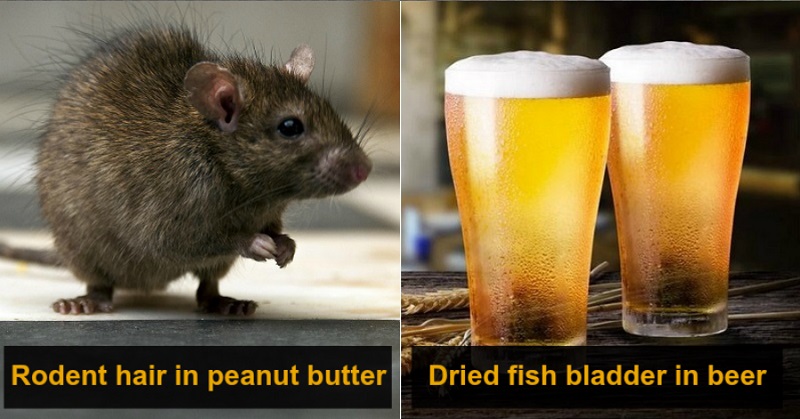
If any of you is enjoying a big burger from your favorite restaurant, this is probably the worst time to read this article. Because after reading this article, you might throw up and dump that bun-and-cheese forever. To all the people out there who think that having bread, dairy products and packed meat makes your diet a healthy one, I am extremely sorry to burst your bubble.
Today I am going to discuss about 13 gross ingredients that are used in food without any of us having the slightest clue about it. Because we cannot sense the difference in the taste and because it looks visually appealing, we just dive into our food.
ADVERTISEMENT
So, here is the list of ingredients which are massively affecting out health and helping the large food industries to the bank:
1. Anal glands of beaver in ice creams and candies
Already feeling like throwing up? Hold on, there is more to come. They use castoreum for making raspberry candies and your favorite vanilla, strawberry and raspberry ice-creams. Wondering what castoreum is? Well, castoreum odoriferous oily secretion is produced in the castor sacs of beavers which after combining with the beaver’s urine is used in our food.
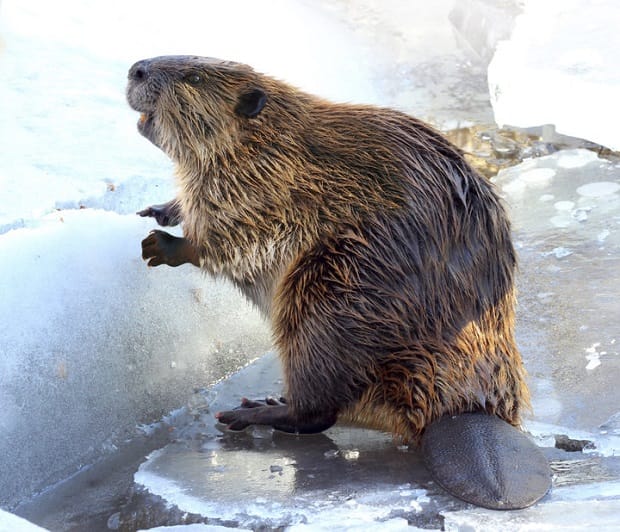
2. Bugs are used as coloring agent
The bright red color in your food that makes it even more attractive comes from a bug. So, basically the color in your candies, drinks and even ice-creams comes from cochineal (a red bug dye). The shells of the female chocineal insects are boiled in sodium carbonate solution or ammonia and then used in your food. Also, studies say that apart from triggering allergic reactions in your body this extract can cause asthma.
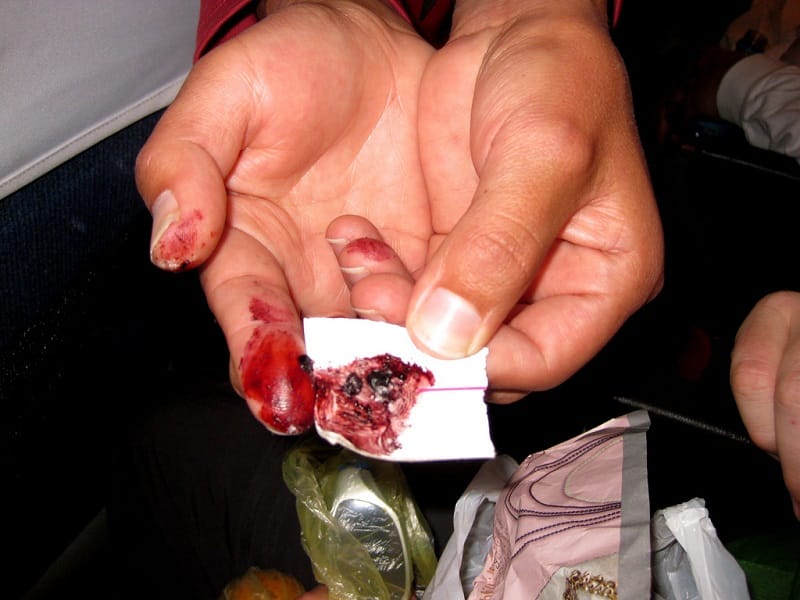
3. Bone dust in sugar
A very basic ingredient that we cannot imagine our day without, isn’t it? We know that the two main ingredients for making sugar are sugarcane and sugar beet, but to enhance the white color of the sugar cubes bone char of cattle are used as a major ingredient. Now the thing is we can try and avoid ice-creams, candies and all these if we want but sugar is something very basic and a prime ingredient in our kitchen. So, next time you go for grocery shopping, buy 100% beet sugar (hasn’t yet undergone the filtration process).
ADVERTISEMENT
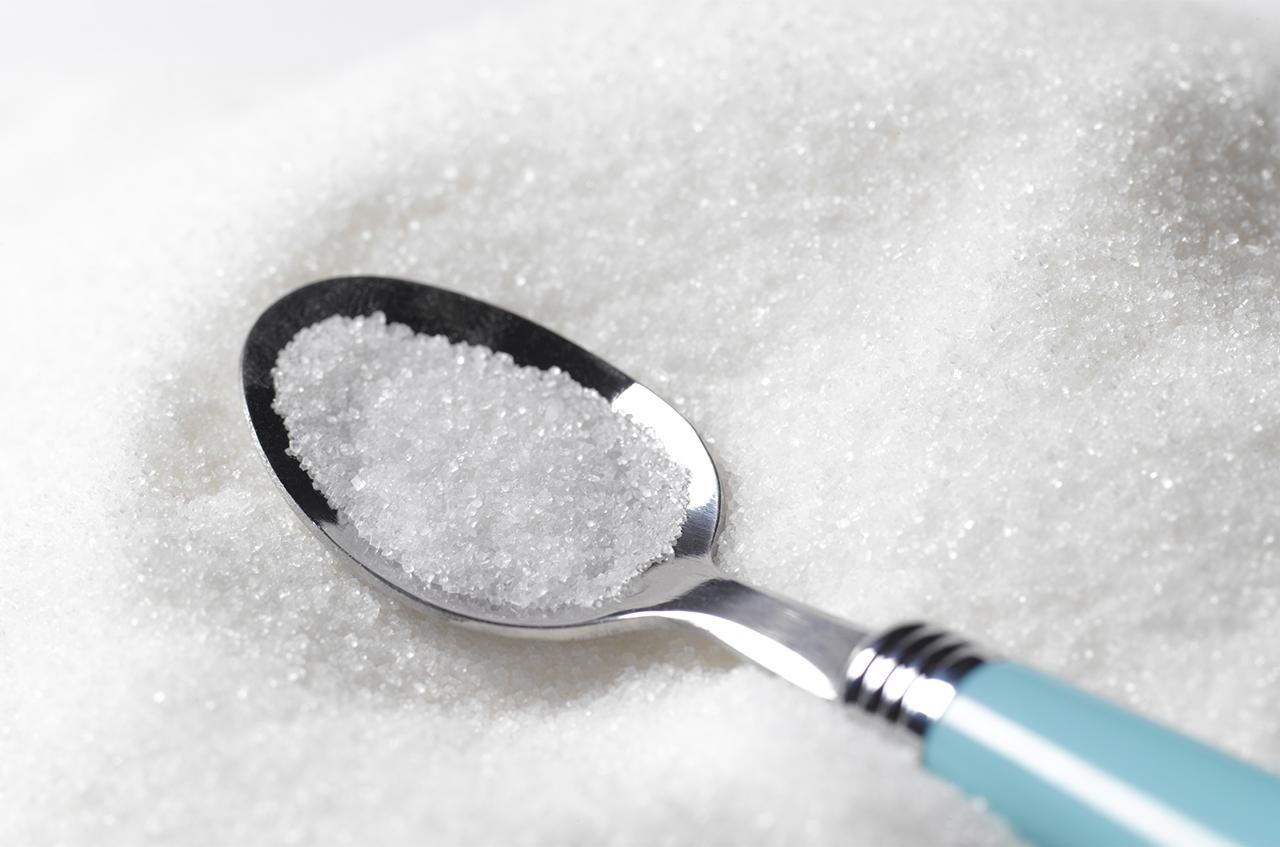
4. Rodent hair in peanut butter and your favorite mac and cheese
Face palm? Don’t be surprised, even I reacted the same way after hearing this. Food and drug administration (FDA) says that there’s one rodent hair per 50g of mac and cheese and each 100g of peanut butter contains one rodent hair as well. Yes, they literally put these gross ingredients in our food and though the packets say ‘natural contaminant’ we, as usual, don’t bother to know about it.
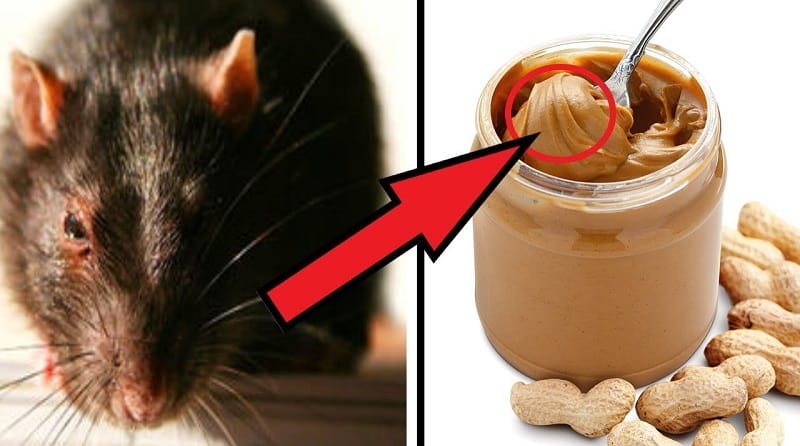
5. Sheep wool and sheep secretion in chewing gum
Lanolin, an oily substance derived from sheep wool is used in chewing gums. It is this ingredient that makes your gum juicy and soft or else your gum would be too hard to chew. This ingredient is also used in Vitamin D3 supplements.
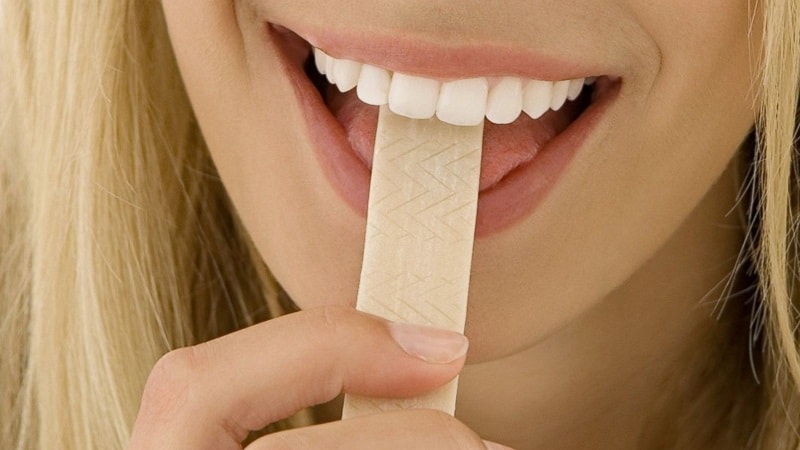
6. Calf stomach used in cheese
A very common ingredient known as rennet is used in making cheese which is not milk but lining of a calves’ stomach. So, all the vegetarians feeling like crying out who used vegetarian cheese in your pizza? Well, rennet is used in most of the cheese as it contains an enzyme chymosin which is present in fourth stomach of calves which helps the new-born digest and absorb milk. Rennet basically speeds up the coagulation process and separates the milk into solid curd and whey.
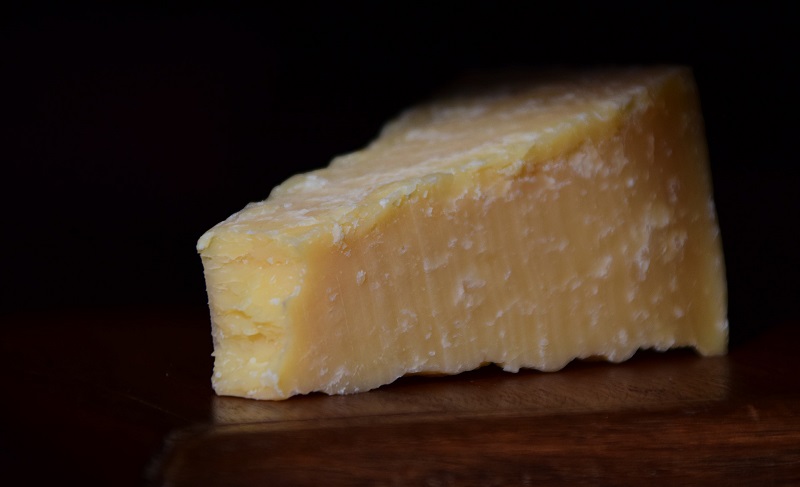
7. Raisins contain fruit fly eggs
Well, many people think of eating healthy and to consume more protein they get inclined to having dry fruits. But, my dear friend, FDA permits 10 insects and 35 fruit fly eggs per 8 ounce of raisins.
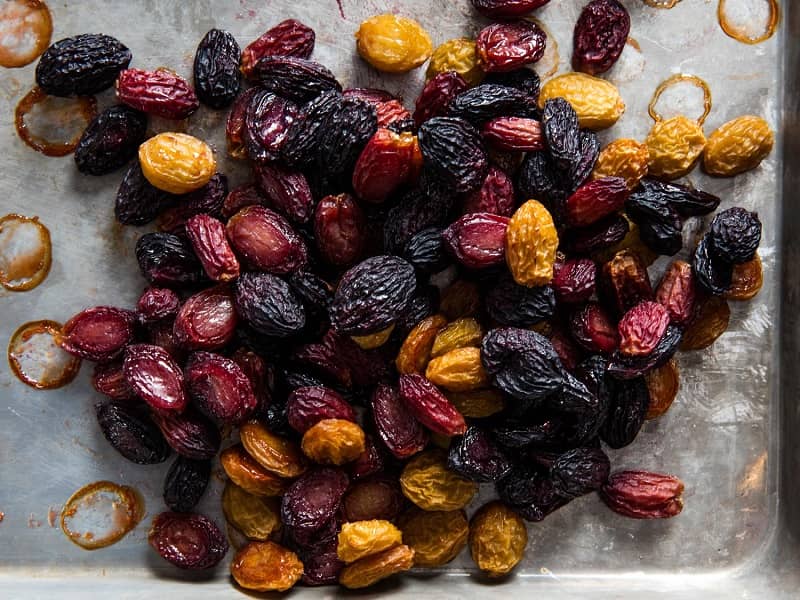
8. Human hair in bread
Bread contains amino acids which are very essential for our health. But one of the amino acids called L-Cysteine has as its sources duck hair, chicken feathers and cow horn. But the major source is human hair which they collect from salons in China. And according to one source even hog hair is also used in bread. The same goes for cakes, pastries and bagels.
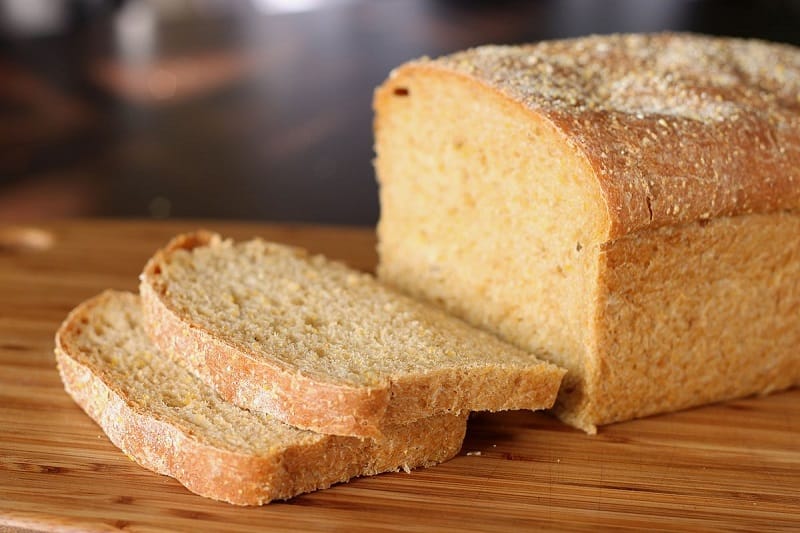
9. Wood pulp is used for thickening syrups and coating cheese
Cellulose, which obviously comes from wood, are used in variety of food items to increase the volume and thus help the food companies profit more and more.
ADVERTISEMENT
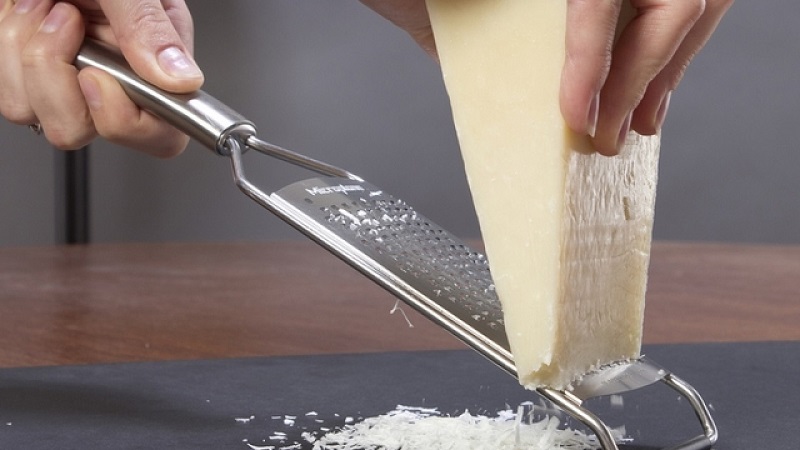
10. Carbon monoxide used in packed meat
Well, even the kids of 7th standard know how harmful carbon monoxide is for our health. Still it is used in packing meat so that oxidation doesn’t take place as the meat decolorize in presence of oxygen.
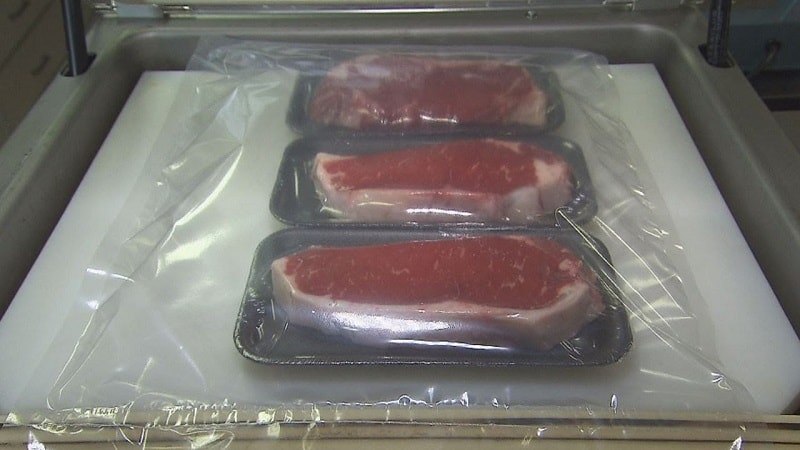
11. Coal tar is used for darkening food color
After a certain interval of time, food starts losing its natural color and so coal tar is used to enhance the color of food products. Whoever imagined that even coal can be used in food material, something that is burnt to run machines and used in various industries?
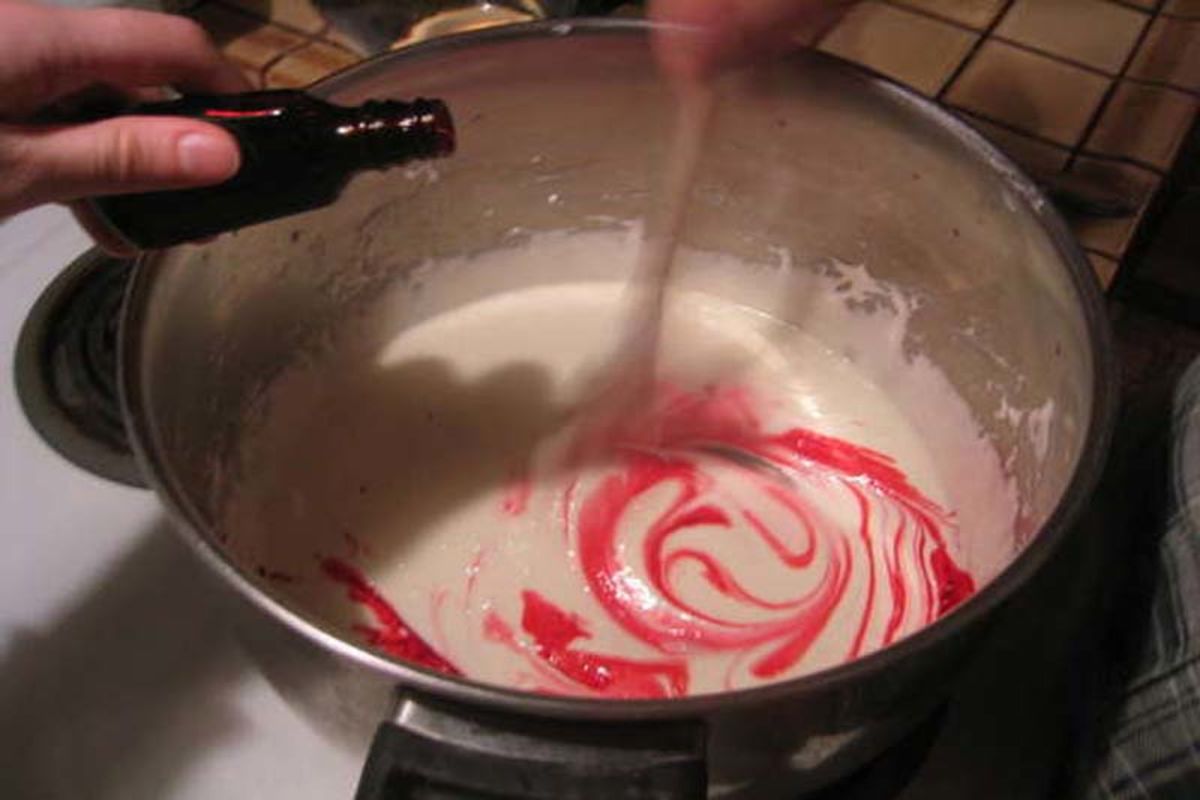
12. Boiled skin of pigs in yoghurt and candies
Pig skin is boiled as it releases a protein when boiled after which the skin is removed and the gelatin is extracted. It is then dried and powdered and get added to candies, jellies and yoghurt.
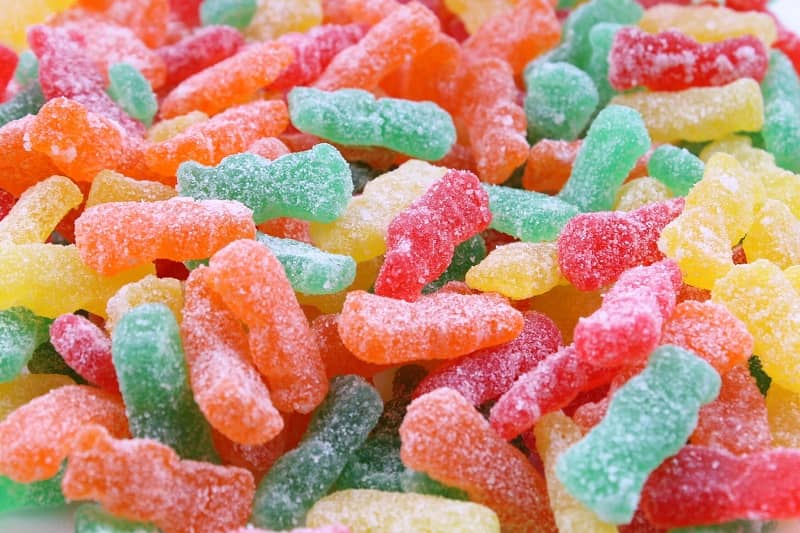
13. Dried fish bladder in beer
This is used in beer to bring out the characteristic golden color. Isinglass is the name of the substance which is basically the dried swim bladders of fish. It is a form of collagen and helps keep your beer crystal clear.
ADVERTISEMENT
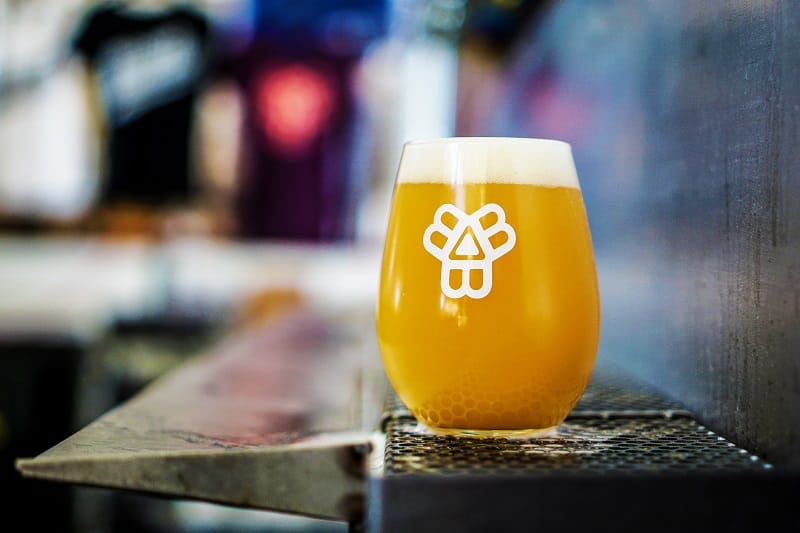
I am ending here as I think I have already grossed out you guys way too much. And please don’t hate me for this!
ADVERTISEMENT











